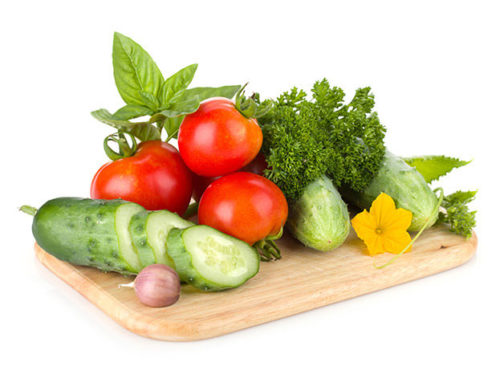The reality of the science on Regenerative Medicine
Helping to Prevent Oxidative Stress Leads to Inflammation and Aging….Numerous studies have highlighted the key role of oxidative stress and inflammation in age-related diseases such as arthritis, obesity, cardiovascular disease, type 2 diabetes, age-related macular degeneration (AMD) and Alzheimer’s disease (AD). In aging cells the natural antioxidant capacity declines compared to younger cells and the overall efficiency of repair systems against cellular damage becomes impaired. Research gives us convincing data that supplementation with polyphenols (a highly beneficial class of plant-based phytonutrients) containing resveratrol, proanthocyanidins, anthocyanins and catechins as found in a select group of plant extracts can increase cellular antioxidant defenses and promote overall health of the individual. These beneficial compounds are found in plants such as red grapes, grape seeds, French Maritime pine bark, green tea, pomegranates, persimmons, curcumin, dandelions and bilberry.
Recent research reveals that these powerful polyphenols are shown to activate the Nrf2 defense pathway, which acts as a “master regulator” of the cellular antioxidant response of over 250 phase 2 genes referred to as pro-life genes
Endogenous biological substances are those originating or produced naturally within your body’s tissues or cells. The activation of the body’s endogenous antioxidant defenses and Phase 2 enzyme systems is through activation of the broadly researched and highly conserved evolutionary defense pathway called the Nuclear Erythroid 2 Related Factor 2 (Nrf2) pathway.
• Nrf2 regulates the expression of a large battery of genes involved in the cellular antioxidant and anti-inflammatory pathways as well as in mitochondrial protection
• Nrf2 therefore acts as a master regulator of the cellular antioxidant response of over 250 phase 2 genes (and greater than 90% of the anti-oxidant genes) that should be referred to as “pro-life genes” since they save cells from cell death.
• Nrf2 activation can at once regulate multiple phyto-protective enzymes that are capable of simultaneous inhibition of major pathogenic pathways, such as oxidative stress, lipid peroxidation, endothelial dysfunction, neuroinflammation and mitochondrial dysfunction.
• These expressed phyto-protective enzymes (due to Nrf2 activated by select polyphenols) are cytoprotective proteins are referred to as the “ultimate antioxidants,” as they are not consumed during their antioxidant actions, can catalyze a wide variety of detoxification reactions and have relatively long half-lives.
• These same expressed phyto-protective enzymes detoxify many harmful substances that can be excreted readily from the body.
• Loss of or reduced Nrf2 signaling increases susceptibility to acute toxicity, inflammation, carcinogenesis, and many chronic diseases.
• Nrf2 activation induces expression of genes for wound healing and photoaging, in addition to promoting tissue elasticity.
One particular class of polyphenols called oligomeric proanthocyanidins (OPCs) has researchers showing particular interest, as this class of compounds is being shown to induce our Nrf2 “master regulator” defense pathway – our natural “endogenous” production of antioxidants by the body. Research has demonstrated that the OPC-activated Nrf2 pathway confers protection against ultraviolet-induced skin inflammation. Therefore, OPCs are expected to be potent suppressors of expression or activity of genes in the melanogenic, inflammatory, and arachidonic acid-synthesizing categories downstream of Nrf2, and are expected to have desirable effects on:
• wound healing and photoaging because they promote tissue elasticity
• helping to heal micro-injuries
• reducing bruising and swelling by strengthening blood vessels
• preventing post inflammatory skin pigmentation
• restoring dermal collagen
• improving the peripheral circulation.
In summary, our modern lifestyles are filled with environmental factors (e.g. stress, high-sugar and high carbohydrate foods, toxic oils and fats, pollution and much more) which trigger unwanted inflammation and detrimental genetic predispositions. This can age our bodies and can lead to disease. Aging and inflammation decrease the positive regulators of Nrf2 and increase the negative regulators of Nrf2, thus leaving the body more susceptible to chronic inflammation, atherosclerosis, toxic exposure and oxidative stress. The Nrf2/ARE signaling pathway can be directly and positively activated by a number of powerful polyphenols such as those found in red grapes, grape seeds, French Maritime pine bark, green tea, pomegranates, persimmons, curcumin, dandelions and bilberry. Why not consider putting foods and/or supplements containing these phytonutrients into your daily regimen. Here’s to your health!



